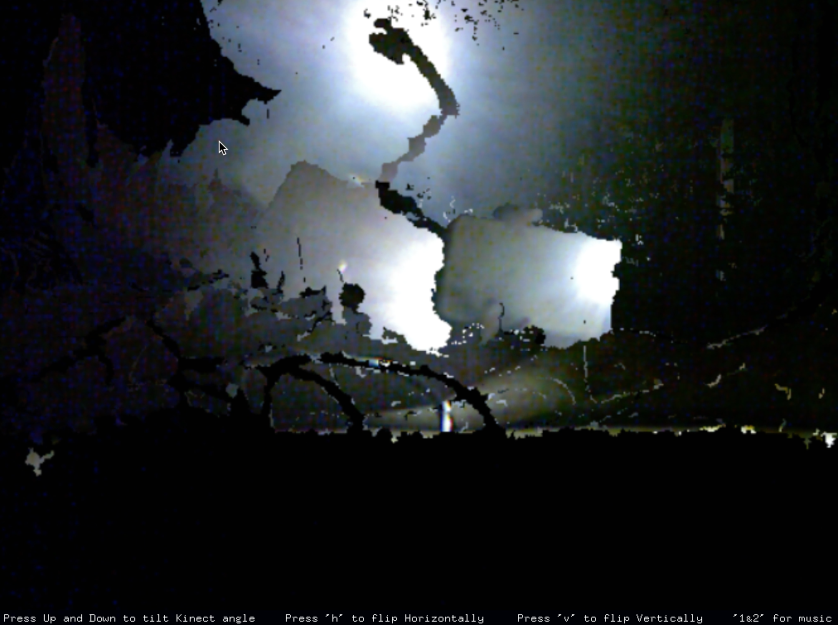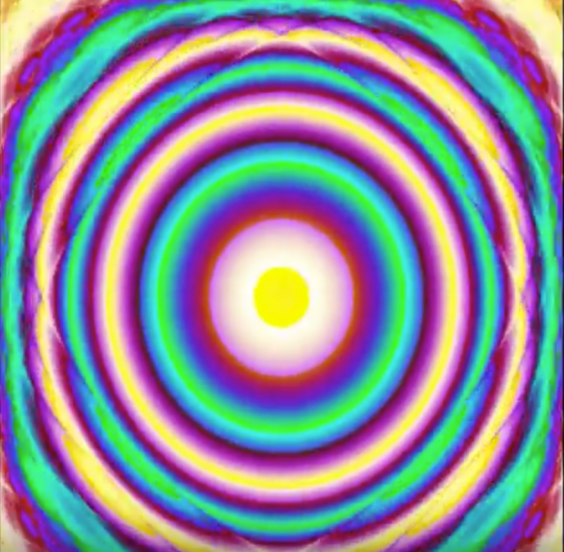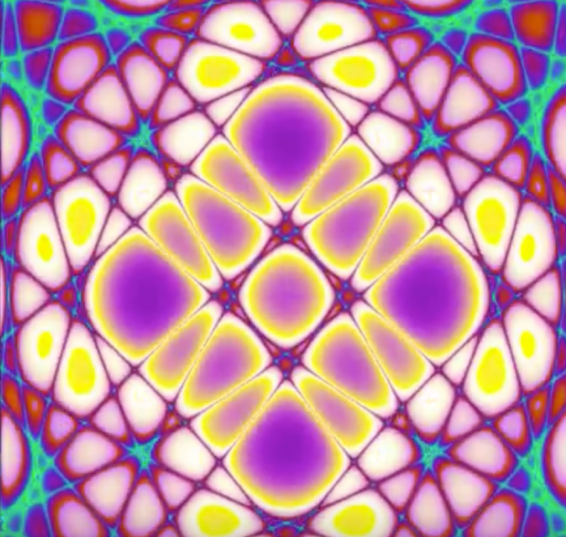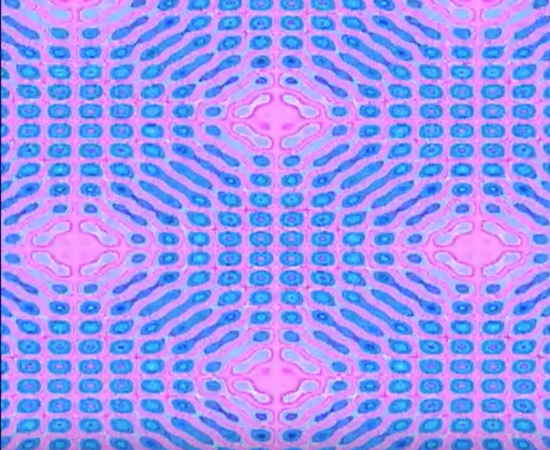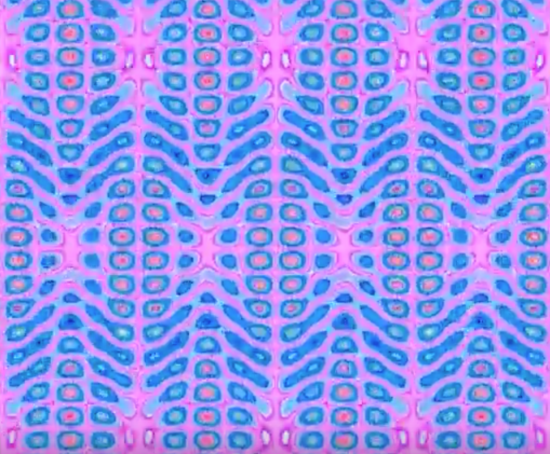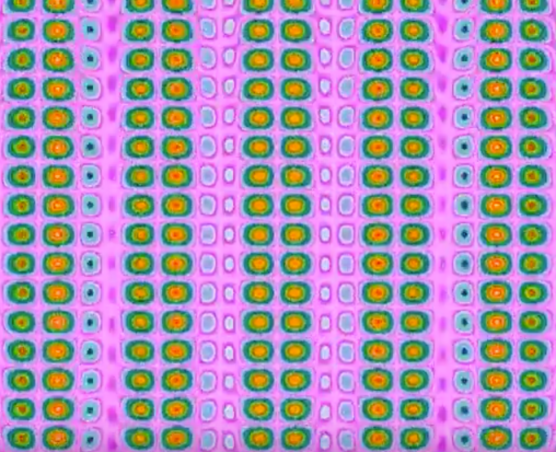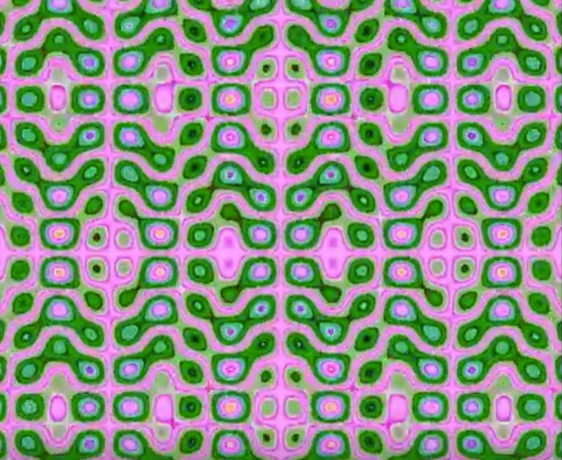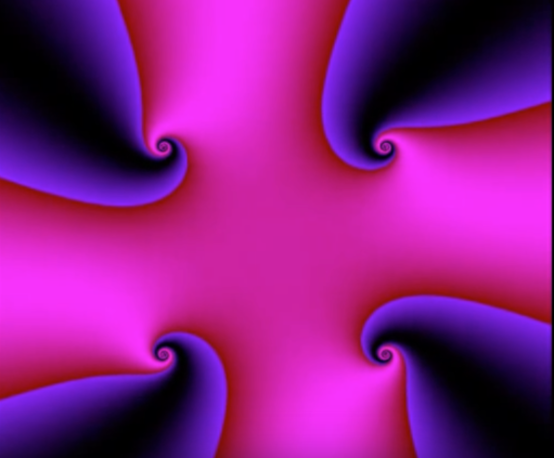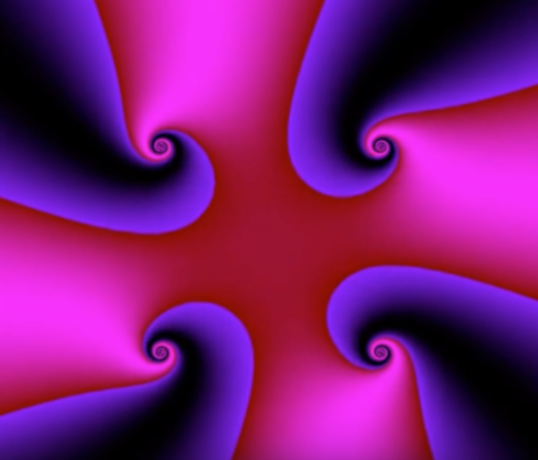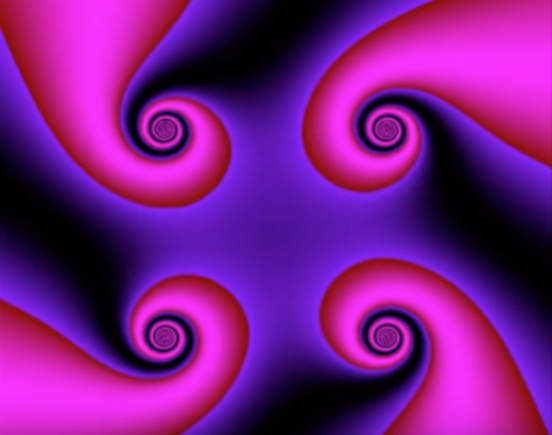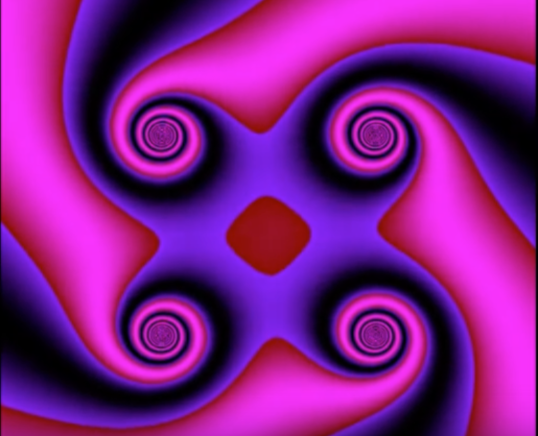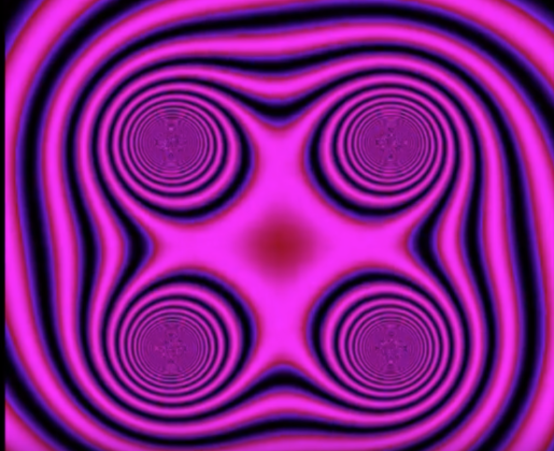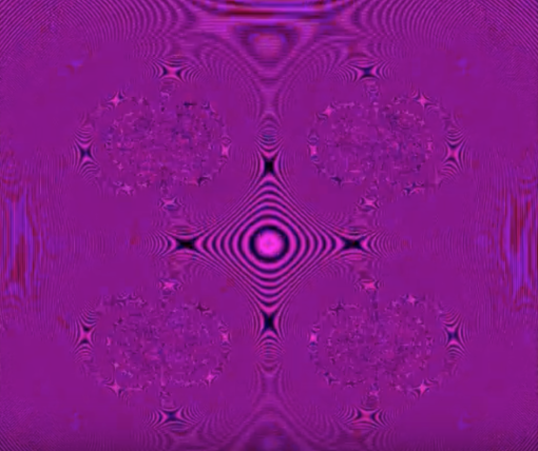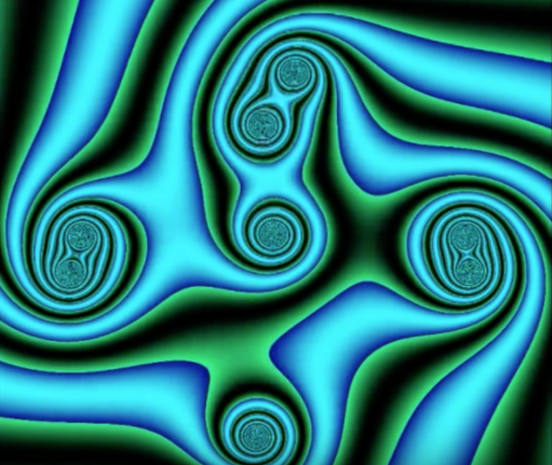Final Documentation
For my final project, I did research on many different fields. At the beginning I was planning to do a game based Kinect project. Then, since this final project is a site specific project, I changed my idea and decided to do a music based Kinect project for music events. Finally, as I recall the reading of VIS 145A, I remembered there was a cybernetic reading about video, architecture and television by Graham which inspired me for my project to do something with repeating and delay. I did research on games like snake and tetris for my midterm project, so for my final I would like to combine time delay and these early games. I named my project Shadow.
Video can always capture people’s action and immediately provide a real time video feedback. However, if a perceiver views his behavior with a delay, it will affect how he react. My project has four shadows following the perceiver. There is a one second delay between the movement of the perceiver and the first shadow. There is a three seconds delay between the first shadow and second shadow and same as third and fourth shadow. When the perceiver starts to move, they can interact with their shadows. For example, they can say hi to their four shadow. It looks like you have three twin brothers or sisters but they are following exactly what you do. As I test the delay, I tend to focus on the screen of my real time video feedback. However, if I look for real time video feedback I will forget what my real movement is. Other shadows will also affect how I interact. This is inspired by the Smith’s (scientific) experiment, which introduced time delay between acting and seeing.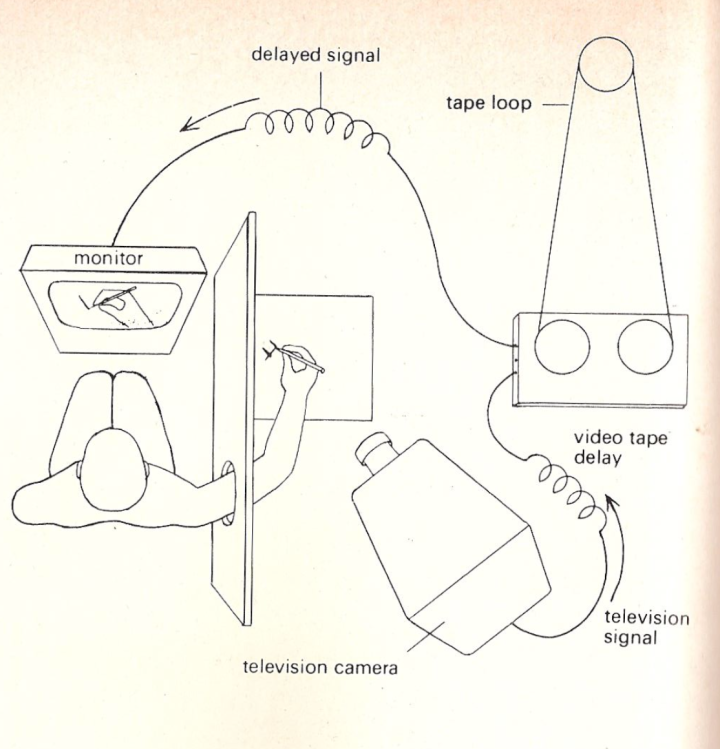 The reason I used shadows following each other was because the idea of the snake game. Since my midterm project was an animation similar to snake game. I wanted to create a “real person” snake game. In the future maybe I will create a slider that controls the number of shadow so that people can change the amount of shadows and interact with them.
The reason I used shadows following each other was because the idea of the snake game. Since my midterm project was an animation similar to snake game. I wanted to create a “real person” snake game. In the future maybe I will create a slider that controls the number of shadow so that people can change the amount of shadows and interact with them.
Here is the screen recorded video.
Not only the player can control the project. There can be a second person controlling the screen and the Kinect. For instance, the second people can press v or h to flip the image vertically or horizontally. It will also affect player’s action. When you move to the right, the image will show you moving to the left. When you move to up the image will show you moving down.
The background music is from a cybernetic video project named Grooverider. I think it fits the feeling of my project because it is a looping sound. Or this project can be just silent so that people can focus more on their movements.
For the installation scenario, I think it can be displayed in art gallery or public spaces.(Such as check points, airport and we can even study for the movement. Professor Wade) Also I would like to display it in between two mirrors facing each others. In this way I can see my self infinitely.
When I do my project I also thought about distortion mirrors, depending on how you move your body, you will be able to create different effects. For Kinect, people can move their body forward and backward to create different effect. You can even become a thousand hands “Guanyin”(a Buddha goddess).

Since this is a cybernetic art project, from the perspective of cybernetic, every movement you made in this project will create an outcome. Meanwhile, the outcome you created will affect how you make you next movement and this goes on constantly.
REFERENCES
Graham. Video, architecture,television excerpt. VIS145A Reading.
Smith’s (scientific) experiment. Diagram and caption quoted from: Eye and Brain, by R.L. Gregory, McGraw-Hill, New York, 1966.
Grooverider – Cybernetic Jazz [Music Video]: www.youtube.com/watch?v=jheagv4VXZM











